Spanish researchers developed a new micro-structuration process to improve the undesired wetting behaviour of polypropylene (PP).


Spanish researchers developed a new micro-structuration process to improve the undesired wetting behaviour of polypropylene (PP).
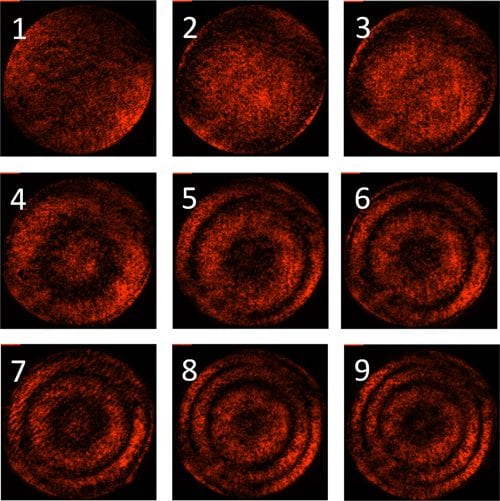
Researchers made a simple and straightforward modification to the conventional method of thin film deposition to establish an easier procedure for the production of micron size wedge thin films.
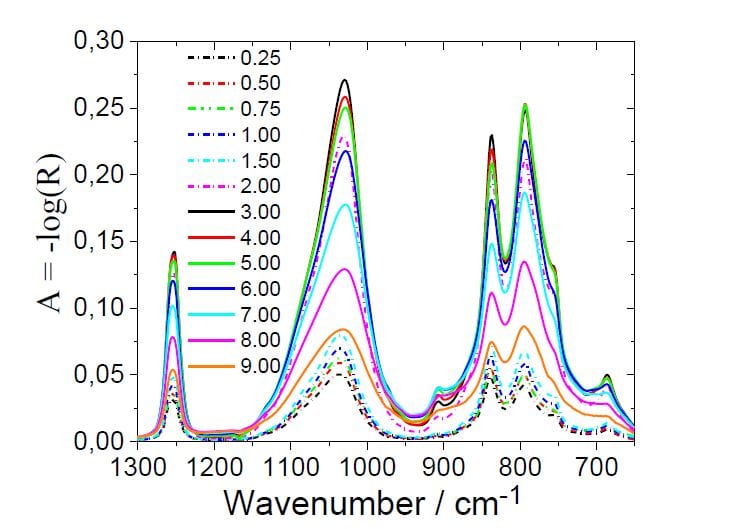
A new method of analysis of plasma-chemical energy-transfer processes is demonstrated.
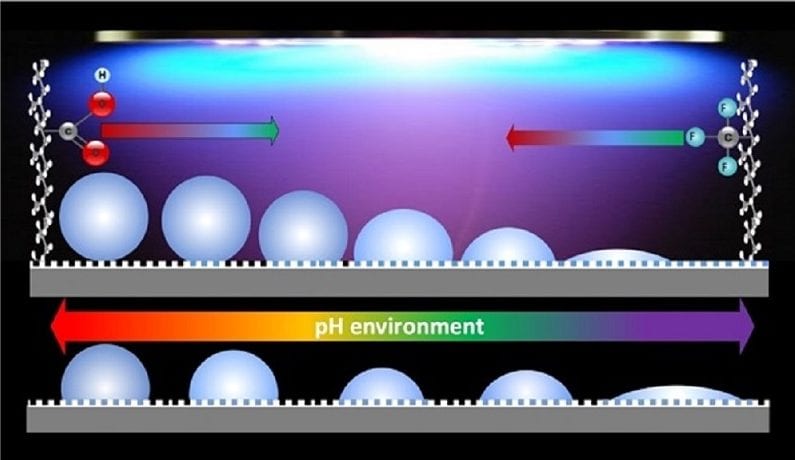
A new straightforward plasma polymerization protocol to tune wettability and chemical structure opens up a potential door for the fabrication of smart surfaces.

The International Thermonuclear Experimental Reactor (ITER) currently being built in Cadarache (France) supported by MAN Diesel & Turbo and many, many others.
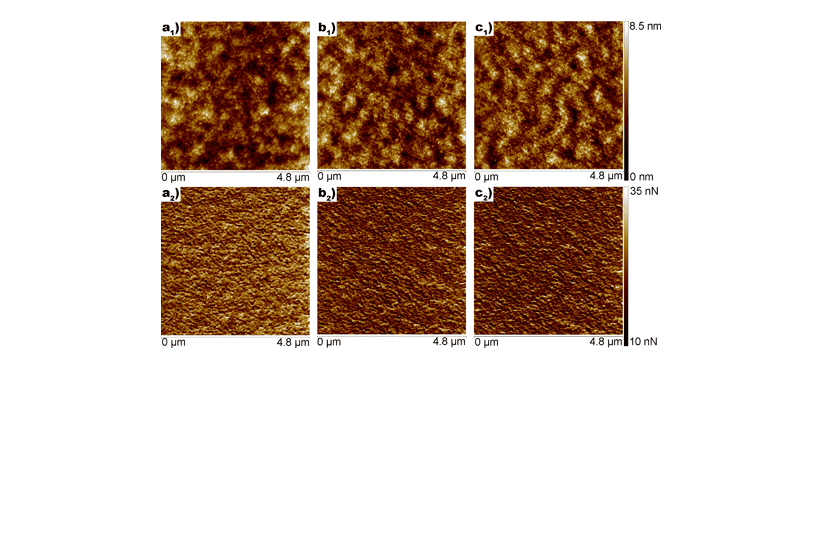
New research on the self-regenerative effect of siloxane coatings on polycarbonate.
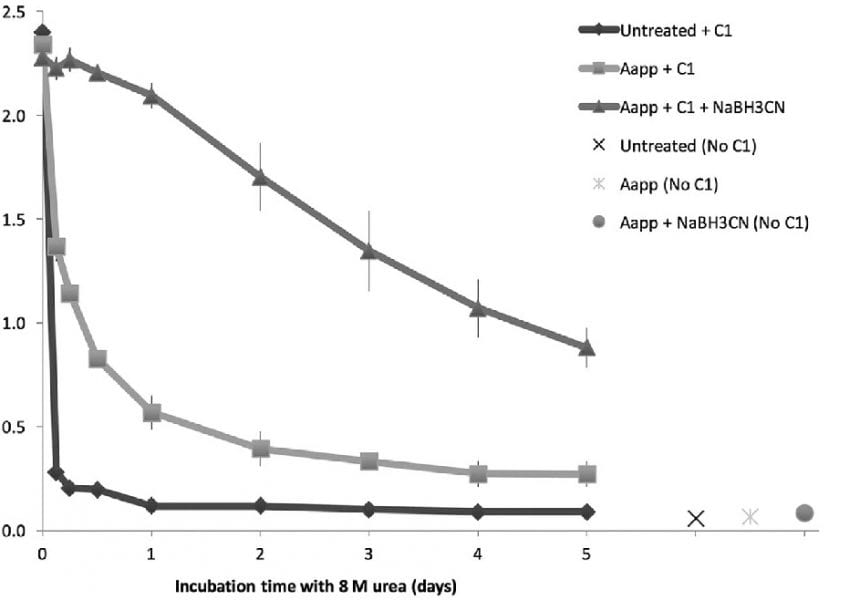
A new technique for surface chemical analysis with collagen ELISA to optimize surface fictionalization for implantation is presented.
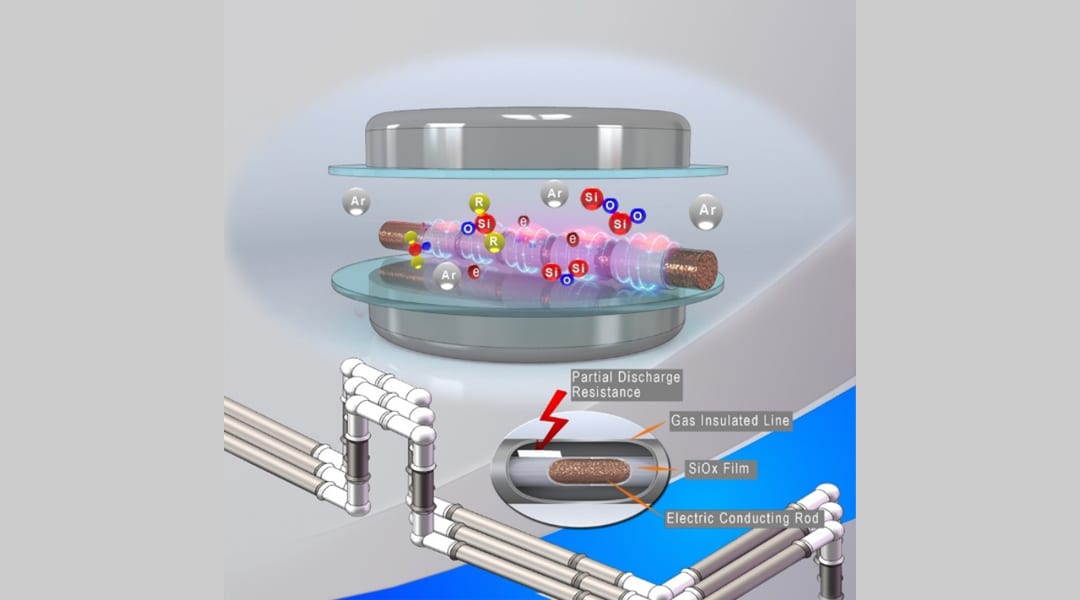
Using plasma-deposited siloxane films with a high dielectric permittivity on copper avoids long-time partial discharge.

Lin Shi and co-workers analyzed plasma samples from a breakfast food study on whole-grain rye porridge and toast.
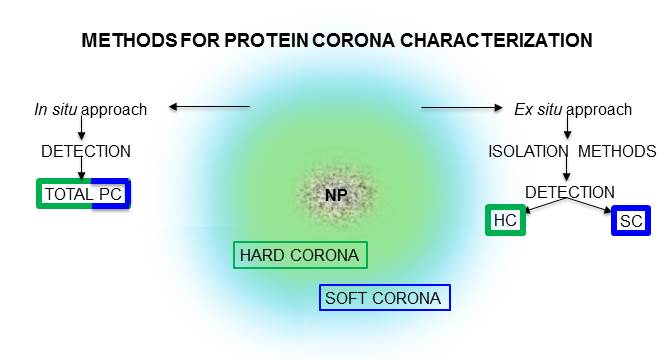
The application and the clinical development of nanomedicines strongly requires a deep study on the complex dynamics that happen after in vivo administration. Particularly, plasma proteins tend to associate to nanoparticles, forming a new surface named the “protein corona” that can have a strong impact on biodistribution, targeting efficacy, and toxicity.